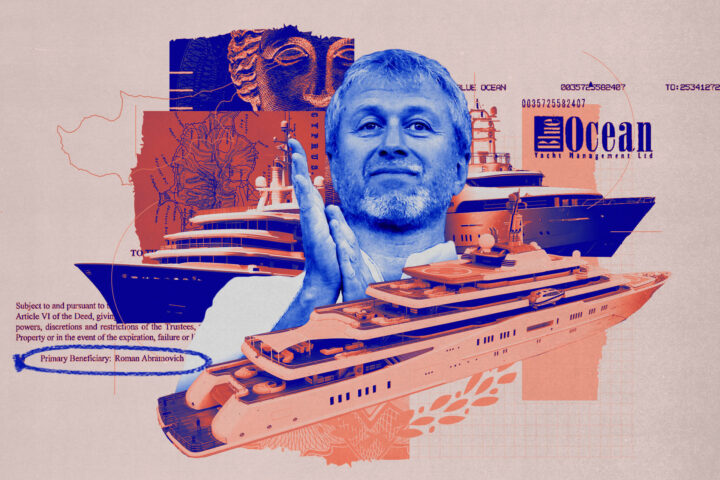 European Commission Vice President Maroš ŠefÄoviÄ arrived in Cyprus on Monday as part of his Energy Union Tour and discussed recent natgas finds in the region, as well as the EU-Israel subsea electric cable, with President Nicos Anastasiades and other public officials.
European Commission Vice President Maroš ŠefÄoviÄ arrived in Cyprus on Monday as part of his Energy Union Tour and discussed recent natgas finds in the region, as well as the EU-Israel subsea electric cable, with President Nicos Anastasiades and other public officials.
Sefcovic said after the meeting that the “latest energy developments in the eastern Mediterranean and of course the new natural gas discoveries [in Egypt] change the geodynamics of the region.”
“I hope that these new discoveries will act as an additional bridging ingredient because evidently these new discoveries must work to the benefit of the whole region, all of Cyprus. And I am sure that it could also have a very positive impact on the energy security of the EU.”
 The Commissioner responsible for Energy Union said that they also discussed the Cyprus problem with Anastasiades. “First, the reunification prospects and how the EU and the Commission can assist to create the best possible favourable atmosphere for the good prospects of the negotiations [between the two community leaders].”
The Commissioner responsible for Energy Union said that they also discussed the Cyprus problem with Anastasiades. “First, the reunification prospects and how the EU and the Commission can assist to create the best possible favourable atmosphere for the good prospects of the negotiations [between the two community leaders].”
“And I am happy to see that these negotiations are proceeding well. Naturally, there is still a lot of work to be done, but what is very important is that there is a good atmosphere, good intention.”
He said that they also discussed matters of common interest and projects that are very important for Cyprus, such as the studies for the creation of the 2,000 MW EuroAsia Interconnector electricity cable that will connect Cyprus with Israel, and then Cyprus with Crete.
After an earlier meeting with Energy Minister Giorgos Lakkotrypis, Sefcovic said the eastern Mediterranean, if properly developed, could become a key player in the energy supply of Europe, with Cyprus and the region contributing to the EU energy security.
“We see the East Mediterranean as very important territory from the point of view of the energy security of Europe,” he said, adding, “I think we need to work very closely with Cyprus to do everything possible to develop it in the most intelligent and smart way to the benefit of the region but also for the improvement of the energy security of Europe.”
Asked whether he sees the natural gas deposits discovered in the eastern Mediterranean exported to Europe in the future, Sefcovic said that a lot would depend on the future work in the gas fields. So far, “as we have seen the first results are very promising.”
“We are not talking about hundreds, but thousands of billions of cubic metres,” and that Europe’s annual natural gas consumption ranges between 400-500 mln cubic metres.
“So this just shows how important these gas fields in the eastern Mediterranean are.”
Sefcovic also said that in February the Commission will present the new LNG strategy for Europe, “where we see the Mediterranean of very important gateways for the new supplies for Europe.”
Lakkotrypis thanked the support Sefcovic has shown in the inclusion of three Cypriot projects in the EU list of Projects of Common Interest (PCIs), that would receive EU funding.
These projects are the EuroAsia Interconnector cable, the EastMed pipeline linking the eastern Mediterranean natural gasfields with Cyprus and Greece, and the removal of internal barriers with a view to ending Cyprus’ energy isolation.
The EuroAsia Interconnector, the 1,518 km subsea power cable connecting the Israeli, Greek and Cypriot power grids to continental Europe, entered its final stage last month with the project promoter awarding three studies that will pave the way for the pre-works phase, leading to its implementation and commissioning. The studies are for the technical design, the reconnaissance study for the optimum route and an environmental impact study, all of which are expected to be complete during 2016.
Speaking after a meeting with the members of the parliamentary Energy Committee, Sefcovic said that he spent most of the time discussing the Cyprus PCI projects that are very important for the island, as well as the importance of energy efficiency in buildings and the better use of solar and wind power.
He said that the final part of the discussion involved financing, ways to combine support from structural funds, which have been allocated to Cyprus by the Juncker investment fund, with the loans coming from European Investment Bank or the European Bank for Reconstruction and Development.
“It is very clear that these funds will focus on energy efficiency and transport infrastructure, so I am sure that in Cyprus there will be quite a few projects that will be eligible for the financing from these funds,” he said.
The Commissioner also visited the Vassilikos power station, the 1200MW plant that was decimated by a nearby military munitions blast in July 2011 and brought the island’s economy to its knees. It has since been rebuilt and operates on crude oil, with an option to accept liquid natural gas by the end of 2016.
After the visit, he tweeted: “Visiting Vasilikos Electricity Power Station, discussing their Master Plan. Crucial transition to low carbon economy,” while later in the evening he was the keynote speaker at the University of Cyprus, where he discussed with students the subject of energy transition, underlining Cyprus’ “enormous potential for renewables.”
On Tuesday, Sefcovic will meet with stakeholders from the energy sector such as energy producers, network operators, academia and think-tanks.
“My Energy Union Tour in Cyprus will provide an excellent opportunity to present and discuss EU funding possibilities and its contribution to the economic recovery of Cyprus and to achieve the Europe 2020 strategy targets for growth and jobs, in particular as regards renewable energy and energy efficiency. Cyprus might be an island, but it doesn’t have to be an energy island”.







